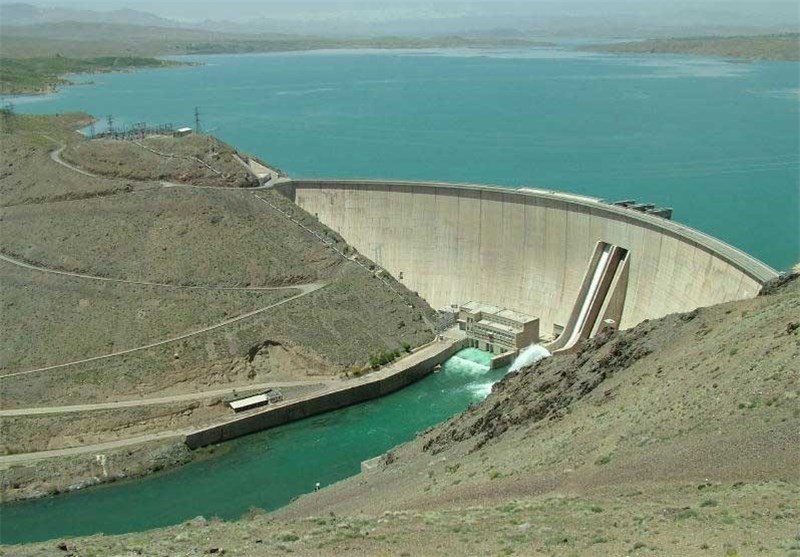Farmers in the east of Isfahan Province will receive water from Zayandehroud river from Nov. 16, chairman of Isfahan Chamber of Agricultural Guilds said.
“About 75% of the water of Zayandehroud belong to the farmers of the region. In the last water year [Sept. 2021-22], 970 million cubic meters of water entered the Zayandehroud Dam but the farmers were not given their water share,” Hossein Vahida was also quoted as saying by Mehr news Agency.
As the news of water release from the dam spread, farmers started preparing their fields.
According to the latest statistics, Zayandehroud Dam has 136 million cubic meters of water at present.
Located in an arid region with minimal rainfall, Isfahan has been struggling with drought for years, which has resulted in the gradual drying up of the famous Zayandehroud River.
A whopping 3 billion cubic meters of water are annually extracted from underground sources in the parched province via 40,000 authorized wells.
However, about 20,000 illegal wells in the area are pumping 350 million cubic meters of water from depleting underground aquifers per year.
On water consumption in different sectors (households, industries and agriculture), households account for 400 mcm of the total annual consumption at 4.6 bcm.
Industries use 200 mcm in a year while (old and outdated) farming practices gulp down 90% or about 4 bcm per year.
There is no dry-land farming in Isfahan due to low precipitation (120 millimeters a year). Groundwater tables and aquifers supply most of the farming needs. Only 569,000 hectares (about 5%) out of the province’s 10 million hectares are arable.
Almost 172 million cubic meters of wastewater are recycled in Isfahan Province annually. Of the total, 60% or 100 mcm are used for farming and the rest for industries, watering green spaces, maintaining watersheds and developing anti-desertification programs.
Zayandehroud originates in the mountains of Chaharmahal-Bakhtiari Province and flows eastward toward Isfahan before ending up in Gavkhouni Wetland. Officials say Isfahan's struggle with drought has made it difficult to supply farms with dam water while upholding the water rights of Zayandehroud and Gavkhouni.
Unrestrained urbanization, obsolete farming practices and the presence of water-intensive industries are putting immense pressure on the province's rapidly dwindling water resources.


